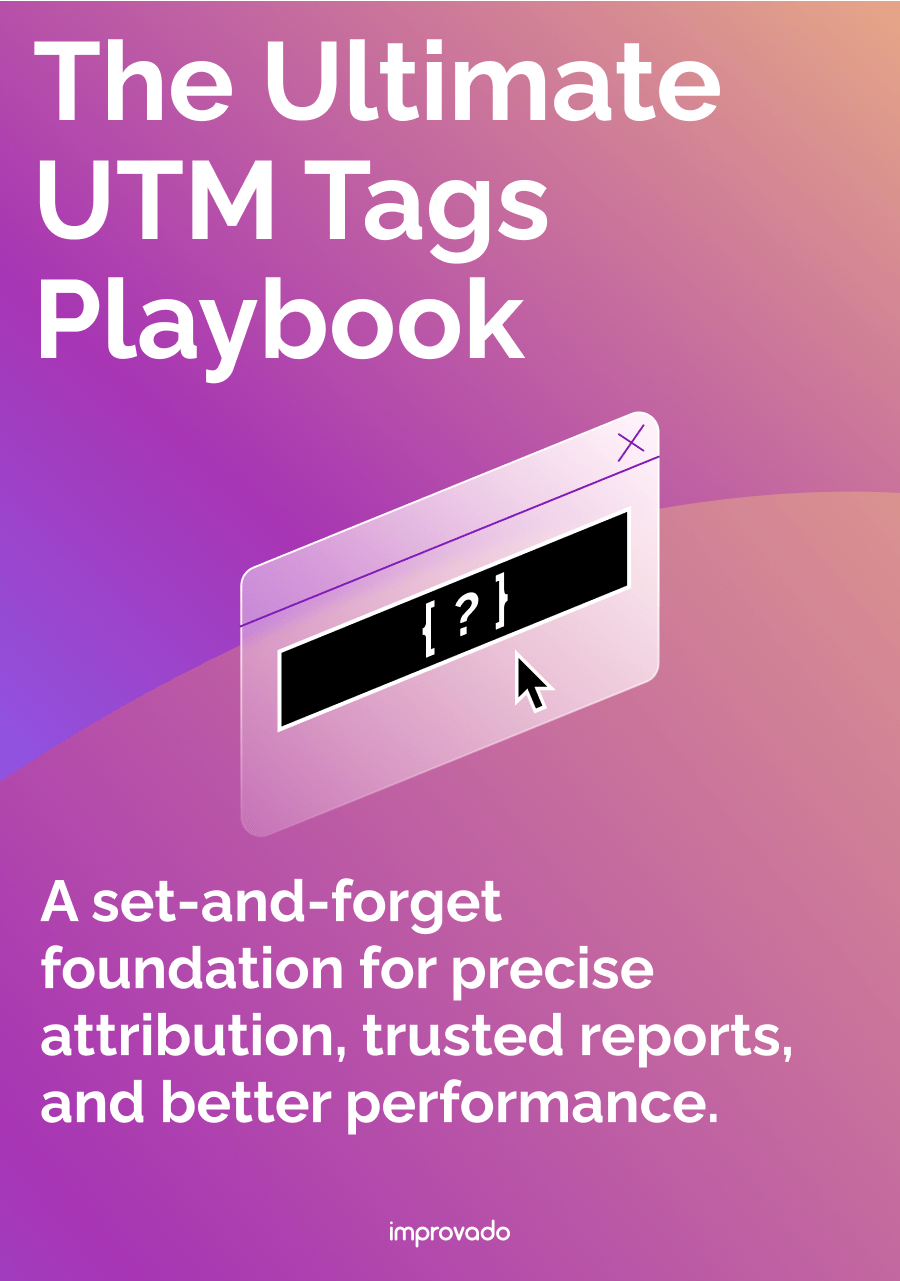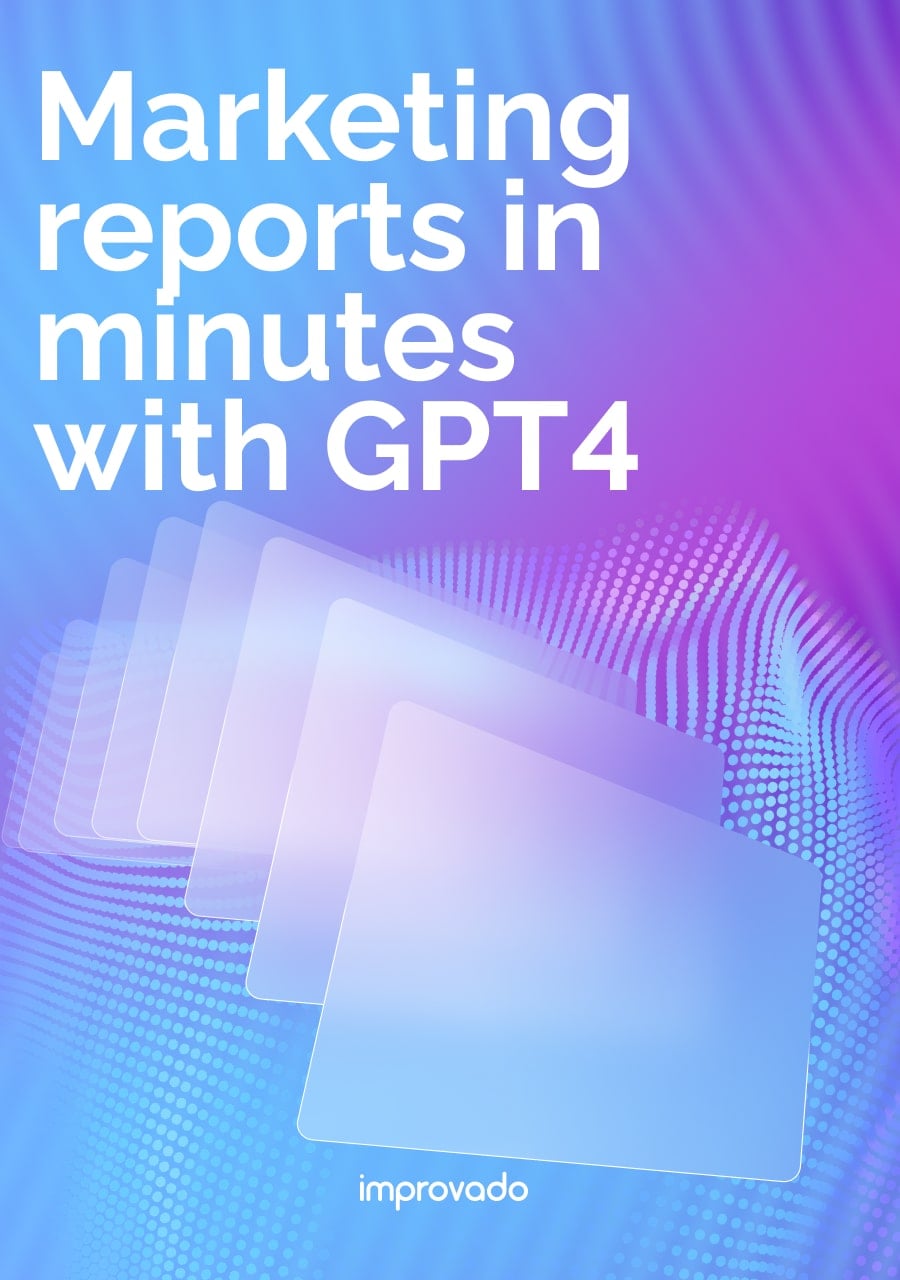Digital marketing is a blend of various strategies that work in harmony to make a brand stand out online. One of the most effective tools for achieving this is the PESO Model®, a model that integrates Paid, Earned, Shared, and Owned media into a cohesive strategy. With each component holding its unique value and influence, understanding the framework is essential for any digital marketer aiming to maximize reach, engagement, and ROI.
This guide explores the ins and outs of the PESO Model®, its importance, and practical steps for its implementation.
What Is the PESO Model®? A Deeper Dive
The PESO Model® was created by Gini Dietrich of Spin Sucks. It is an acronym for Paid, Earned, Shared, and Owned media. Each component has a unique role in shaping a robust digital marketing strategy.
Paid Media: The Nuts and Bolts
Paid media encompasses all advertising activities that require financial investment. This includes online ads on search engines, sponsored posts on social media, and influencer collaborations. Paid media is crucial for reaching new audiences and boosting visibility.
Earned Media: The Unpaid Billboard
Earned media is essentially free advertising. It includes mentions on social media, reviews from customers, and coverage from journalists. Earned media helps build brand trust and adds credibility.
Shared Media: The Social Butterfly
Shared media is all about social media platforms like Facebook, Twitter, Instagram, and LinkedIn. Here, the aim is to engage with the audience through posts, comments, and shares. Shared media helps in building a community around the brand.
Owned Media: The Home Base
Owned media includes all digital assets controlled by the brand, such as websites, blogs, email lists, and mobile apps. This is where the brand can control the narrative and offer valuable information to the audience.
Why Use the PESO Model®?
The framework is an all-in-one tool that brings together different types of media to create a well-rounded strategy. Let's break down why this approach is so beneficial.
A Balanced Strategy for Maximum Impact
The PESO Model® is a balanced approach ensures that a brand doesn't miss out on any opportunities to connect with the audience. For example, while paid media can quickly boost visibility, Earned media adds credibility. Shared media helps in community building, and owned media offers a controlled environment for brand messaging.
Maximizing Reach: Casting a Wider Net
One of the primary goals of any marketing strategy is to reach as many people as possible. The PESO framework excels at this by utilizing different media types. Paid media can target specific demographics through online ads, while earned media can reach new audiences through media coverage. Shared media taps into existing networks on social platforms, and owned media draws in audiences through search engine optimization (SEO).
Boosting Engagement: Creating Meaningful Interactions
Engagement is not just about reaching people, it's about getting them to interact with the brand. The PESO framework encourages this by offering multiple touchpoints. For instance, shared media platforms like Facebook and Twitter allow for real-time interactions. Earned media, such as positive reviews, can spark conversations and encourage more people to engage with the brand.
Driving Conversions: Turning Interactions into Actions
The ultimate goal of any digital marketing strategy is to convert the audience into customers. The PESO framework aids in this by creating a funnel that guides the audience from awareness to action. Paid media can drive initial interest, earned media can build trust, shared media can foster community, and owned media can offer the final nudge through targeted content and calls to action.
Covering All Bases: Leaving No Stone Unturned
The integrated approach of the PESO framework ensures that no potential avenue for marketing is ignored. It offers a holistic strategy that considers every possible way to reach and engage the audience. This is crucial because each type of media has its strengths and weaknesses, and relying on just one could mean missing out on valuable opportunities.
How to Implement the PESO Framework: A Detailed Step-by-Step Guide
Implementing the PESO Model® is like assembling a puzzle where each piece has its unique place and purpose. This section will delve into the specific steps needed to make sure each component—paid, earned, shared, and owned media—is used to its fullest potential.
Paid Media
- Identify the target audience: Knowing who to reach is the first step in any paid media strategy. Use market research to identify age groups, interests, and behaviors that align with the brand's offerings.
- Choose appropriate platforms: Different platforms attract different audiences. For instance, Instagram might be better for a fashion brand, while LinkedIn could be more suitable for a software company.
- Set a budget and launch campaigns: Once the audience and platforms are identified, allocate a budget for advertising. Create compelling ads and launch campaigns to start attracting attention.
- Monitor and adjust: After the campaigns are live, track their performance. Use metrics like click-through rates and conversions to make necessary adjustments.
Earned Media
- Build relationships with journalists and influencers: Establishing connections with media professionals can lead to valuable press coverage. Start by sending press releases or story ideas that align with their beat.
- Encourage customer reviews: Positive reviews can act as word-of-mouth endorsements. Offer incentives or simply ask satisfied customers to leave reviews on platforms like Google, Yelp, G2, and others.
- Monitor mentions and respond when needed: Use tools to track brand mentions across the web. Whenever the brand is mentioned, especially in a positive light, engage with the content to amplify its reach.
- Leverage user-generated content: Encourage satisfied customers to share their experiences on social media. This not only provides free advertising but also builds community.
Shared Media
- Choose suitable social media platforms: Not all social media platforms serve the same purpose. Choose platforms that align with the brand's goals and audience.
- Develop a content calendar: Consistency is key in social media. Create a content calendar to schedule posts, ensuring a steady stream of engaging content.
- Engage with the audience consistently: Don't just post content; interact with the audience. Reply to comments, share user-generated content, and create interactive posts like polls or quizzes.
- Analyze and adapt: Use analytics tools to track engagement and reach. Adapt the strategy based on what's working and what's not.
Owned Media
- Produce high-quality content: Content is king in digital marketing. Create valuable, informative, and engaging content that serves the needs and interests of the audience.
- Optimize the website for search engines: Use SEO best practices to make sure the website ranks well on search engines. This includes keyword optimization, meta descriptions, and quality backlinks.
- Utilize email marketing to nurture leads: Email remains one of the most effective channels for direct communication. Use it to send newsletters, updates, and special offers to keep the audience engaged.
- Analyze and refine: Just like with Paid and Shared media, it's important to track the performance of Owned media efforts. Use analytics to measure metrics like website traffic, bounce rate, and email open rates, and refine the strategy accordingly.
Common Mistakes to Avoid: A Closer Look
The PESO framework is a powerful tool for digital marketing, but like any tool, it must be used correctly to be effective. Here are some common pitfalls that can make the PESO framework less effective and how to steer clear of them.
Unclear Goals: The Importance of Direction
One of the first mistakes often made is not having clear goals. Goals act as a roadmap for any digital marketing strategy. Without them, it's easy to get lost. Goals should be specific, measurable, achievable, relevant, and time-bound (often referred to as SMART goals). For example, instead of saying, "increase website traffic," a SMART goal would be "increase website traffic by 20% in the next three months."
Ignoring Important Metrics: The Oversight
Metrics are the compass that guides the strategy. Ignoring them is like sailing a ship without a compass; it's easy to go off course. Each component of the PESO framework has its own set of metrics that need to be monitored.
- For paid media, keep an eye on Return on Ad Spend (ROAS) and Cost Per Click (CPC).
- In the case of earned media, track the reach and engagement of press coverage.
- For shared media, monitor likes, shares, and comments to gauge engagement.
- Owned media metrics might include website traffic, page views, and bounce rates.
Regularly checking these metrics can provide valuable insights into what's working and what needs improvement.
Not Adapting Strategies: The Stagnation Trap
The digital landscape is always changing. What worked yesterday may not work today. That's why it's crucial to be flexible and willing to adapt strategies as needed. For example, if a paid media campaign is not generating enough ROI, it might be time to revisit the targeting options or even the platform where the ads are being displayed. Similarly, if owned media efforts like blog posts are not attracting enough traffic, consider revising the SEO strategy or updating the content to make it more relevant.
Overlooking Content Quality: The Shortcut to Failure
Quality should never be compromised. Whether it's an ad, a social media post, or a blog article, the content needs to be high-quality, relevant, and valuable to the audience. Poor quality content can not only deter engagement but also harm the brand's reputation.
Neglecting Audience Engagement: Missing the Human Element
Engagement is not a one-way street. It's not enough to just put content out there; interaction with the audience is crucial. Failing to respond to comments, questions, or mentions can make the audience feel undervalued and less likely to engage in the future.
Final Thoughts
The PESO framework serves as a comprehensive guide for anyone looking to excel in digital marketing. By understanding and implementing each of its four components—paid, earned, shared, and owned media—a brand can create a robust and effective strategy. However, the key to unlocking its full potential lies in the details: setting clear goals, monitoring relevant metrics, adapting to changes, and maintaining high-quality content and engagement. By steering clear of common pitfalls, the PESO framework can be a formidable asset in any digital marketing toolkit.
.png)
.jpeg)


.png)
